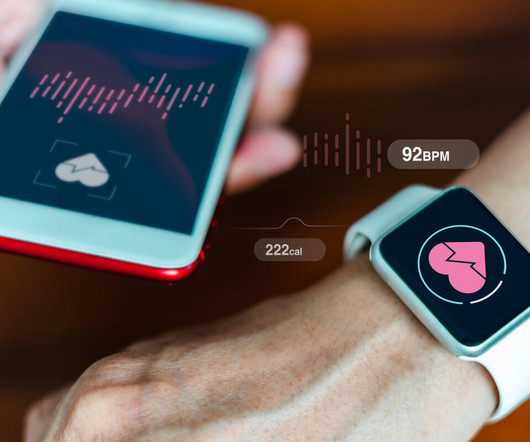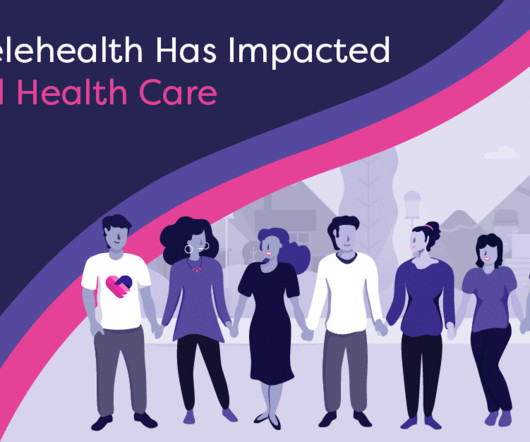How Digital Health Can Transform Cardiology
Xealth
JUNE 14, 2023
Paige Stocks, Director, Partnerships Digital health and DTx solutions pave the way for better patient experiences and outcomes. One of the areas where I consistently hear complaints about underutilization of digital health tools is for cardiology. One out of four cardiologists reports having mental health conditions.













Let's personalize your content